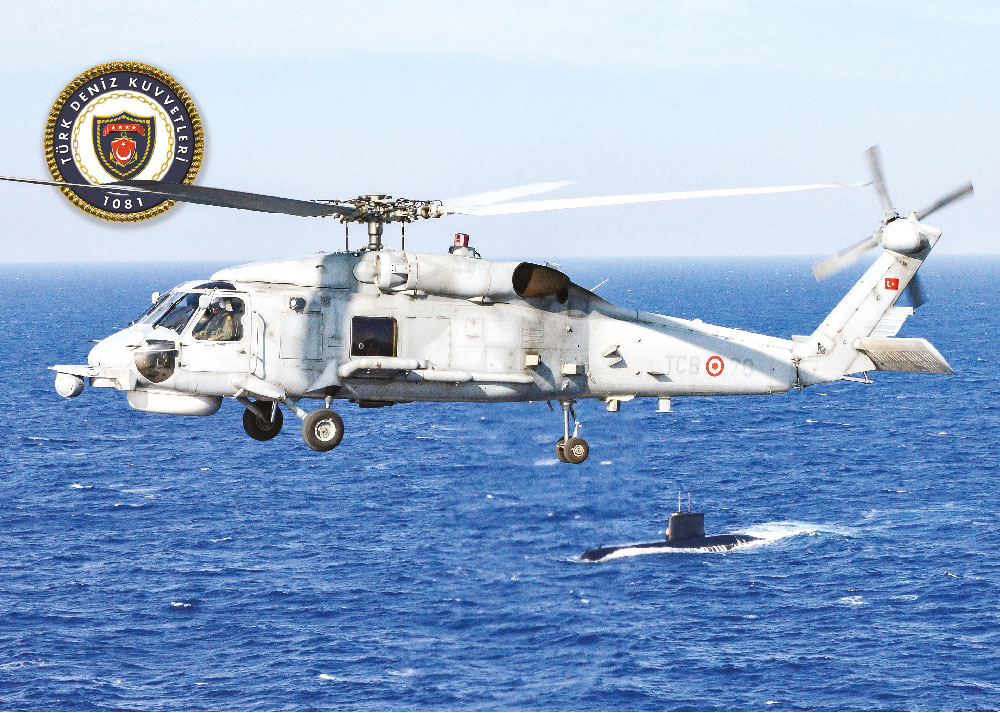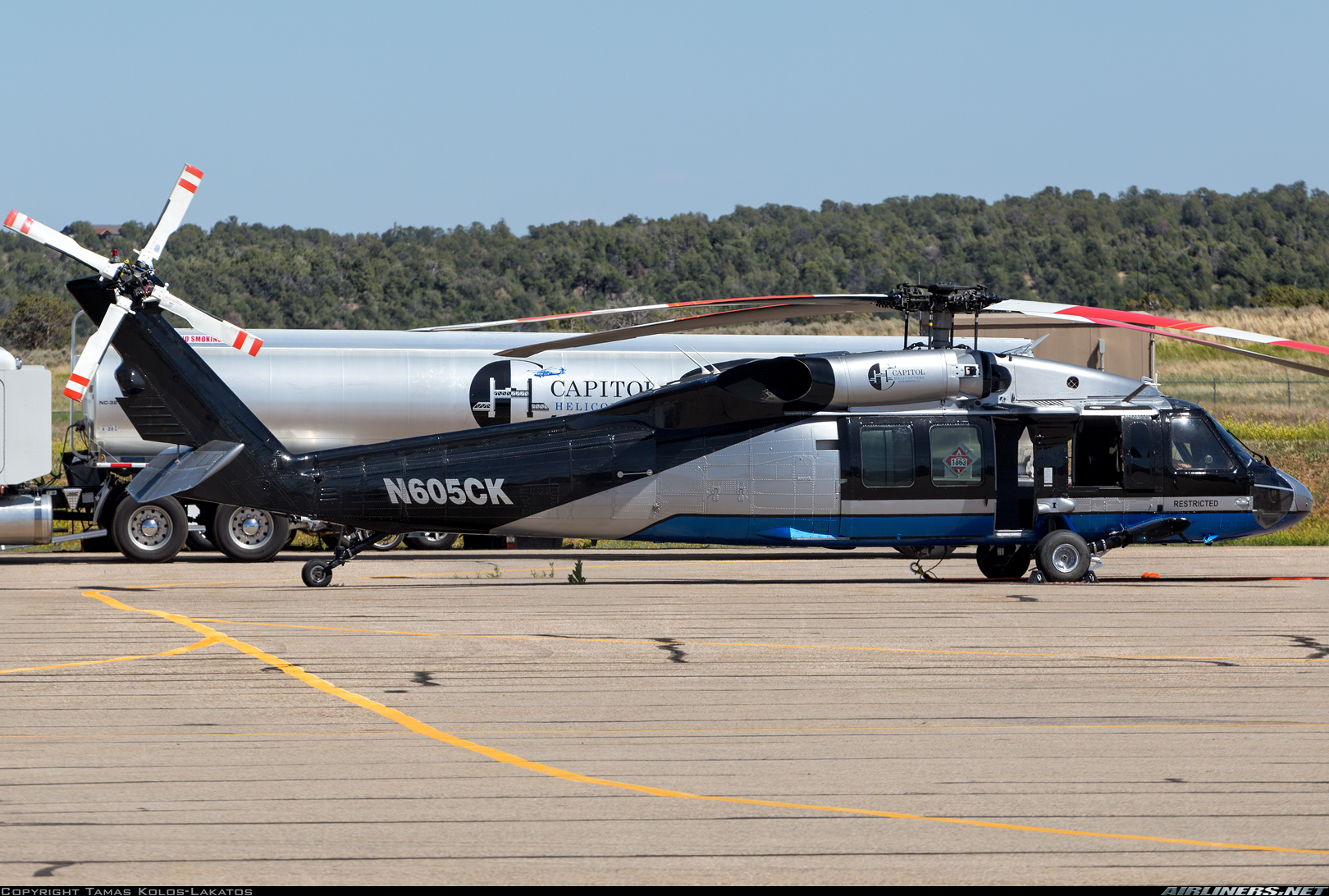The Sikorsky S 70 Helicopter: A Deep Dive into Its Design and Performance
Wiki Article
High-Performance Multi-Role Rotorcraft Featuring Advanced Cockpit Technologies and Integrated Sensing Unit Solutions
The realm of rotorcraft innovation has seen noteworthy innovations in recent times, specifically in the world of high-performance multi-role rotorcraft geared up with sophisticated cockpit innovations and perfectly incorporated sensing unit systems. In the adhering to conversation, we will discover the evolution of rotorcraft innovation, dig into the realm of innovative cockpit innovations, and examine the implications of incorporated sensing unit systems on the operational convenience and efficiency of contemporary rotorcraft.Advancement of Rotorcraft Modern Technology
The development of rotorcraft modern technology has actually been marked by substantial improvements in the rules of aerodynamics, products, and propulsion systems, forming the abilities and performance of modern rotorcraft. Wind resistant enhancements have actually enhanced the effectiveness and ability to move of rotorcraft, enabling enhanced speed, dexterity, and stability during flight (sikorsky s 70). Developments in products, such as the use of composite materials and advanced alloys, have resulted in lighter yet stronger rotorcraft frameworks, enhancing total efficiency and durability. Additionally, advancements in propulsion systems, including much more effective engines and innovative propulsion technologies, have enabled rotorcraft to attain higher altitudes, faster speeds, and higher hauls.These improvements have not just changed the abilities of rotorcraft yet have actually likewise increased their applications throughout numerous markets, consisting of military, business, and emergency situation solutions. The continuous evolution of rotorcraft modern technology proceeds to drive development in the field, pressing the boundaries of what is feasible and shaping the future of upright flight.
Advanced Cabin Innovations
Structure upon the fundamental improvements in the rules of aerodynamics, materials, and propulsion systems, the realm of rotorcraft technology currently changes emphasis towards pioneering Advanced Cabin Innovations. The assimilation of cutting-edge technologies within the cabin atmosphere plays an important role in boosting the operational capacities, security, and performance of modern-day rotorcraft. sikorsky s 70. Advanced Cabin Innovations encompass a wide array of attributes created to provide pilots with enhanced situational recognition, streamlined data monitoring, and intuitive control user interfacesAmong the key improvements in cabin layout is the implementation of glass cabins, which replace standard analog gauges with high-resolution displays. These electronic systems supply customizable designs, real-time information assimilation, and enhanced readability, enabling pilots to gain access to important details at a glimpse. Moreover, progressed avionics systems, such as fly-by-wire controls and boosted fact displays, are reinventing exactly how pilots connect with the aircraft, enabling precise control and improved decision-making capacities.


Integrating sophisticated cabin advancements not just enhances pilot efficiency but additionally adds to total objective performance and safety and security in intricate functional settings. By leveraging state-of-the-art technologies within the cockpit, rotorcraft suppliers are setting brand-new requirements for operational excellence and mission success.
Integrated Sensing Unit Solutions
With the advancement of rotorcraft technology, the assimilation of innovative Integrated Sensing unit Systems has become critical in enhancing functional efficiency and security. These Integrated Sensing unit Systems incorporate a broad range of innovations that offer important information for numerous functions such as navigating, surveillance, targeting, and ecological surveillance. By flawlessly integrating sensing units like radars, electronic cameras, lidar, and infrared systems important link into rotorcraft, drivers can gain from enhanced situational recognition, boosted objective capacities, and reduced pilot workload.One key benefit of Integrated Sensing unit Systems is their capability to gather real-time data and provide workable insights to pilots and objective operators. For instance, progressed radar systems can spot and track targets over long distances, enabling for early danger detection and efficient response planning. Additionally, incorporating electro-optical and infrared cams makes it possible for rotorcraft to carry out reconnaissance and monitoring goals with precision and precision.
Essentially, the assimilation of cutting-edge sensing unit innovations right into rotorcraft not just enhances operational effectiveness however also contributes considerably to overall mission success and team safety and security. As rotorcraft proceed to advance, the role of Integrated Sensor Solution will unquestionably remain at the center of development in the aerospace sector.
Operational Versatility and Performance
Enhancing functional adaptability and efficiency in rotorcraft is a natural development from the integration of innovative Integrated Sensor Solutions. By leveraging the information and understandings supplied by these sophisticated sensor systems, rotorcraft can maximize their performance throughout various objectives and environments.Operational versatility incorporates the capability of rotorcraft to adapt to different duties and circumstances efficiently. With sophisticated cockpit technologies and incorporated sensor systems, rotorcraft can flawlessly shift in between jobs such as search and rescue, medical discharge, monitoring, and extra. This flexibility improves the rotorcraft's capacity to satisfy varied functional needs without needing considerable reconfiguration.
Effectiveness in rotorcraft procedures is crucial for taking full advantage of mission efficiency and source use. Integrated sensing unit systems play a crucial duty in boosting operational efficiency by providing real-time information on weather, surface mapping, target monitoring, and a lot more. This information allows pilots to make enlightened choices swiftly, optimize flight paths, save fuel, and improve overall mission efficiency.
Effect On Modern Air Travel Operations

In addition, the integration of advanced sensors facilitates enhanced objective preparation and implementation, enabling rotorcraft to do a variety of tasks with enhanced accuracy. From search and rescue procedures to aerial firefighting and law enforcement goals, the abilities of modern rotorcraft outfitted with innovative cockpit innovations and incorporated sensor systems are unmatched.
Additionally, the influence of these innovations extends beyond functional efficiency to cost-effectiveness and sustainability. By enhancing trip routes, gas usage, and maintenance timetables, high-performance rotorcraft outfitted with innovative cockpit modern technologies and sensors add to minimizing operational costs and ecological influence, making them essential assets in contemporary air travel procedures.
Verdict
In conclusion, the high-performance multi-role rotorcraft with advanced cockpit modern technologies and incorporated sensing unit systems represents a substantial evolution in air travel innovation. These technologies boost operational adaptability and performance, ultimately impacting modern air travel procedures in a positive method. The assimilation of these sophisticated modern technologies permits enhanced capabilities and efficiency in numerous goal circumstances, showcasing the continued advancement of rotorcraft innovation in the air travel industry.The realm of rotorcraft innovation has seen notable developments in recent times, especially in the world of high-performance multi-role rotorcraft outfitted with innovative cabin technologies and perfectly integrated sensing unit systems. From boosted goal flexibility to boosted functional effectiveness, the convergence of sophisticated cockpit technologies and integrated sensor systems has ushered in a new era of possibilities for rotorcraft applications. In the complying with conversation, we will certainly discover the evolution of rotorcraft innovation, dig into the realm of sophisticated cockpit advancements, and examine the ramifications of incorporated sensor systems on the functional convenience and effectiveness of modern-day rotorcraft.

Report this wiki page